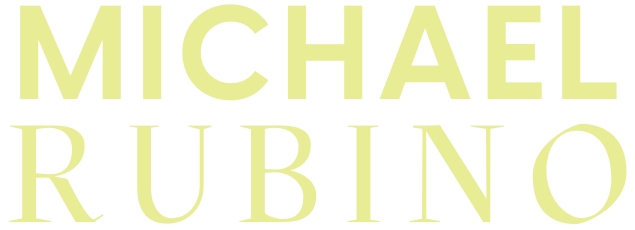Sometimes, what was once considered "normal" in the past doesn’t quite hold up in today’s day and age, like using asbestos in buildings, doctors recommending cigarettes, and putting radium in, well, everything. Now, we know that all of those things aren’t really great for our health. Crazy how times change, right? Another popular misconception from the past is that the best way to remove mold is to throw some bleach on it. Like asbestos and radium, though, this fad doesn’t hold up in modern society, and you absolutely shouldn’t use bleach on mold.

Even the Environmental Protection Agency (EPA) and Occupational Safety and Health Administration (OSHA) say so!
“The use of a chemical or biocide that kills organisms such as mold (chlorine bleach, for example) is not recommended as a routine practice during mold cleanup. In most cases, it is not possible or desirable to sterilize an area; a background level of mold spores will remain… Dead mold may still cause allergic reactions in some people, so it is not enough to simply kill the mold, it must also be removed.” -EPA ¹
“The use of a biocide, such as chlorine bleach, is not recommended as a routine practice during mold remediation... In most cases, it is not possible or desirable to sterilize an area, as a background level of mold spores comparable to the level in outside air will persist.” -OSHA ²
What was the spark that led to our shifting away from this harsh chemical and government organizations saying you should not use bleach on mold? A better understanding of this fungus among us. So, let’s dive into what this organism is, why you shouldn’t use bleach on mold, and what products you should be using to kick this fungus out of your home.
The Living and The Non-Living
The word “mold” actually refers to two things: a particle and an organism. All of the 100,000 species of mold reproduce by creating microscopic spores.³’⁴ These are considered mold particles because they are not alive.
Once released, these tiny spores hitch a ride on the air current until they bump into and land on a surface. If that surface has the right life-giving ingredients, it will transition into part two: a living organism. As the spore begins to grow, it will put down roots called hyphae, which anchor the now living organism onto whatever surface it landed on.
This colonized mold will then begin to produce more and more spores as it continues to expand and flourish. Some species of mold also produce and release microscopic toxins called mycotoxins when they feel threatened.⁵
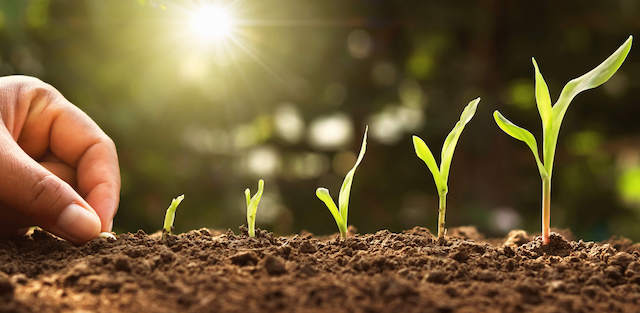
That means that when you discover mold growth, you’re dealing with an active, living mold colony with a network of roots and non-living spores (and sometimes toxins or bacteria depending on the species of mold and the source of the water event).
Getting rid of the mold involves removing both the entire colony and any other contamination that’s hanging around. If any of those particles remain behind, exposure continues, which can lead to a list of adverse health reactions.
The Problem With Exposure
Interaction with mold is unavoidable. With over 100,000 species in the world producing and releasing spores, those particles are all over the place. That’s not a problem! Mold is actually a crucial player in natural processes such as decomposition.
When you encounter a few of these moldy particles while walking into work or driving in your car, it typically doesn’t cause an issue. Your immune system will tag them as foreign invaders and get rid of them. Piece of cake. However! When an active mold colony makes your home its home, that’s when things get dicey.
All of the particles (and potentially mycotoxins) are trapped within the walls of your home. That means the immune system constantly faces down an army of mold particles- talk about an epic battle. It will do its best to protect your body, but eventually, it can get run down, overwhelmed, or malfunction.
While researchers are still trying to figure out exactly how exposure to this fungus affects the human body, it’s a difficult subject to analyze. Things like genetics, species of mold, presence of mycotoxins, volume of particles, and immune system status all play a role. While one person in the home may only get a random cough, another might develop 17 symptoms. You just never know. What they do know is that anyone with a compromised or developing immune system is at a much greater risk of developing symptoms faster and to a greater extent. ⁶’⁷’⁸’⁹
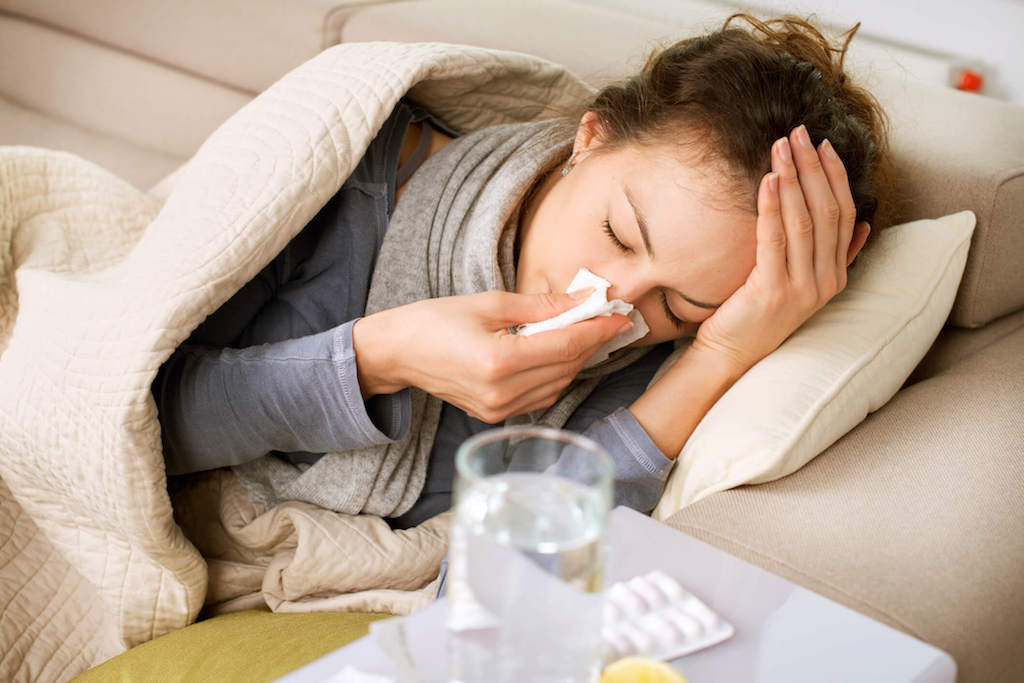
Symptoms of mold exposure vary from person to person but can include:
- Digestive issues
- Hair loss
- Rashes
- Brain fog
- Respiratory problems
- Runny nose
- Chronic fatigue
- Hormone imbalances
- Neurological issues
These symptoms can all be triggered by exposure to any form of moldy particles and their byproducts, which is why any mold growth inside of a home should be removed immediately and correctly. As mentioned earlier, contrary to popular belief, you should not use bleach on mold while trying to get rid of it.
Why You Should Not Use Bleach On Mold
There are quite a few reasons why this harsh chemical should not be included in your mold remediation and home cleansing arsenal.
Reason #1 Why You Should Not Use Bleach On Mold
Killing mold isn’t the only aspect of remediation. As the EPA says, even dead moldy particles can cause symptoms. And don’t forget, there are also spores and potentially toxins all over the place as well!
While bleach may kill the colonized mold, and even that’s not a guarantee, it won’t remove the contamination. To properly get rid of mold, you’ve got to treat it like a weed and pull it up by the roots, whole organism and all. When you’re finished with the remediation, you should be looking at a completely decontaminated, clean surface with no mold remaining.
The toxins also have to go, but they’re particularly difficult to remove. You need a cleaning product that’s a descaler, which means it will pull particles away from the surface so that you can wipe them away. A good cleaning tip to remember when you’re dealing with mold is to repeat the cleansing process at least three times. Mycotoxins and bacteria are particularly difficult to remove, so you’ve got to put in a little extra work to fully kick them to the curb.

While bleach may kill the colonized mold, and even that’s not a guarantee, it won’t remove the contamination. To properly get rid of mold, you’ve got to treat it like a weed and pull it up by the roots, whole organism and all. When you’re finished with the remediation, you should be looking at a completely decontaminated, clean surface with no mold remaining.
The toxins also have to go, but they’re particularly difficult to remove. You need a cleaning product that’s a descaler, which means it will pull particles away from the surface so that you can wipe them away. A good cleaning tip to remember when you’re dealing with mold is to repeat the cleansing process at least three times. Mycotoxins and bacteria are particularly difficult to remove, so you’ve got to put in a little extra work to fully kick them to the curb.
Reason #2 Why You Should Not Use Bleach On Mold
This harsh cleaning product doesn't kill all of the mold (which, now we know, isn’t enough anyway) on porous and semi-porous materials, like drywall. First of all, porous materials are incredibly difficult to decontaminate in the first place. The moldy roots and particles can burrow deep within the fibers of the object and make it impossible to completely remove. For the most part, porous surfaces and items should be removed from the home and replaced.
But, just for the sake of creating greater mold awareness, let’s bring it back to bleach. This cleaning product is made up of over 90 percent water and a splash of chlorine- the killer chemical.¹⁰ When you toss bleach on a surface, that chlorine burns out immediately, leaving only water behind.
Mold loves water. The four components a mold spore needs to grow are: ¹¹
- Oxygen (this barely counts because they require very little)
- Food (they eat almost anything)
- Temperature (40-90 degrees Fahrenheit is ideal, but some spores can survive in extremes)
- Moisture (the elixir of life)
If you throw a bunch of water on mold, it will think it has won the survival lottery. Instead of killing it, bleach actually gives it a huge boost to allow it to continue growing within the porous or semi-porous surface. Before you know it, that mold will come right back stronger than ever.
Reason #3 Why You Should Not Use Bleach On Mold
In general, bleach just isn't a great product to have around. It’s bad for your health and it’s terrible for the environment.
Evaporated chlorine is actually considered a toxic gas, and as explained earlier, using bleach aerosolizes this harmful chemical. Depending on the surface it’s used on, chlorine can also release toxic byproducts called dioxins, which have been linked to cancer. That’s why bleach is so corrosive.
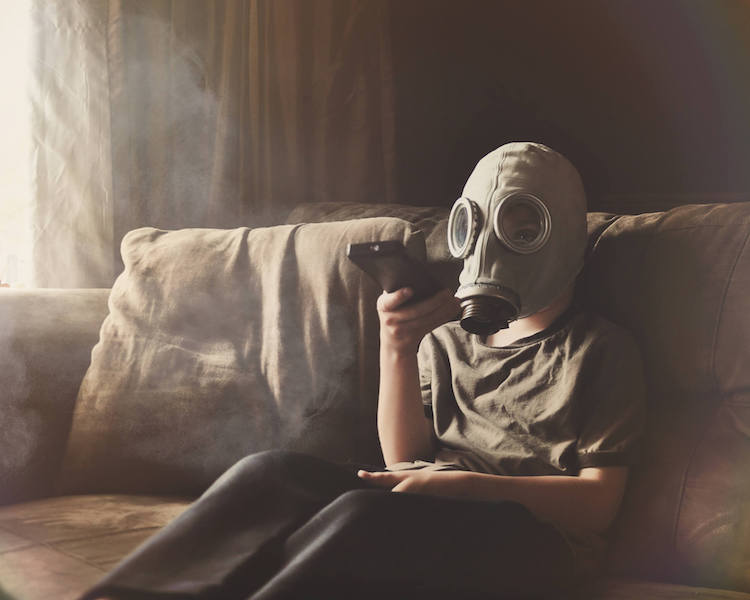
Not to mention, mixing it with other chemicals like ammonia can create deadly fumes throughout the area being cleaned. When you’re working on trying to improve the indoor air quality of your home, releasing a bunch of harmful chemicals isn’t really the best way to go about it.
Overall, this cleaning product is just not kind to our bodies. And if it’s harmful to our health, it’s definitely not good for the environment! Not only does it mess with the air quality, but it’s hurtful to wildlife and other living organisms as well.
While there are other reasons this potent cleaner should be avoided, the reasons outlined above should be motivation enough to skip this popular product. And, of course, convince you that you should not use bleach on mold.
You Should Not Use Bleach for Mold, So What Should You Use?
Simple! Botanical products!
Instead of harsh and harmful chemicals, these cleaning rockstars use natural ingredients like essential oils to effectively remove moldy particles and decontaminate surfaces. For those who are particularly sensitive to environmental contaminants like chlorine in the air, these products are a goldmine. They also actually work to eliminate spores, kill the mold, pull this fungus up by the roots, and kick all of those contaminants to the curb.
Speaking of their ingredients, that lack of harsh chemicals also doesn’t trigger mold to feel threatened. A relaxed mold is a mold that isn’t releasing mycotoxins, which are harmful to our health. And, difficult to remove. So, avoiding them as much as possible is incredibly beneficial and should be one of your goals.
Even without a current mold problem, botanical cleaners like Benefect Decon 30 and EC3 Laundry Additive are great additions to your cleaning stockpile for regular use. Mold spores slip into our homes every day, so actively removing them creates a healthier indoor space, improves the air quality, and helps prevent mold growth.
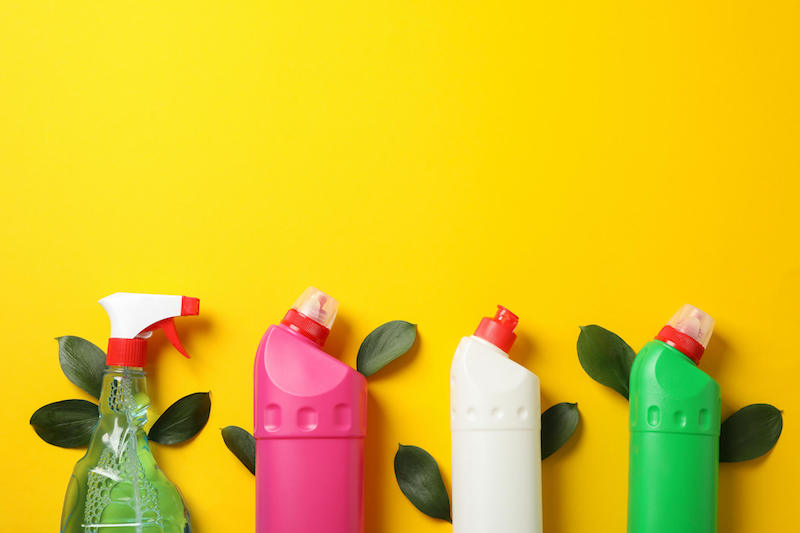
Natural products for the win!
Going With The Natural Look (or in this case, product)
Society doesn’t always steer us in the right direction. While bleach was the cleaning rockstar of the past, it definitely shouldn’t hold the number one spot in your heart as your go-to cleansing product. When it comes to mold, bleach shouldn’t even be a blimp in your mind.
Thankfully, there are other products much better suited to decontaminating our homes. When we breathe on average 20,000 breaths a day and most of those inhalations are taken right inside of our homes, it’s important to keep these indoor spaces safe and clean.¹² Otherwise, our health could be drastically impacted.
So remember! You should not use bleach on mold!!! Make sure your home remains your safe space away from the world that’s full of decontaminated surfaces and top-notch air quality.
Health begins at home.™
Citations:
- EPA. (n.d.). Should I use bleach to clean up mold? EPA. Retrieved from https://www.epa.gov/mold/should-i-use-bleach-clean-mold
- U.S. Department of Labor. (2013, August 11). A Brief Guide to Mold in the Workplace. Occupational Safety and Health Administration . Retrieved from https://www.osha.gov/publications/shib101003
- Environmental Protection Agency. (n.d.). Mold. EPA. Retrieved from https://www.epa.gov/mold.
- Centers for Disease Control and Prevention. Basic facts about mold and dampness. Centers for Disease Control and Prevention. Retrieved from https://www.cdc.gov/mold/faqs.htm.
- World Health Organization. (n.d.). Mycotoxins. World Health Organization. Retrieved from https://www.who.int/news-room/fact-sheets/detail/mycotoxins.
- Environmental and Occupational Health Assessment Program, & Environmental and Occupational Health Assessment Program, & Health Science Section, Mold Basics for Primary Care Clinicians (2009). Hartford, CT; Connecticut Department of Public Health. , H. S. S., Mold Basics for Primary Care Clinicians 1–10 (2009). Hartford, CT; Connecticut Department of Public Health.
- Curtis, L., Lieberman, A., Stark, M., Rea, W., & Vetter, M. (2004). Adverse health effects of indoor molds. Journal of Nutritional & Environmental Medicine, 14(3), 261-274.
- Bush, R. K., Portnoy, J. M., Saxon, A., Terr, A. I., & Wood, R. A. (2006). The medical effects of mold exposure. Journal of Allergy and Clinical Immunology, 117(2), 326-333
- Fisk, W. J., Lei-Gomez, Q., & Mendell, M. J. (2007). Meta-analyses of the associations of respiratory health effects with dampness and mold in homes. Indoor air, 17(4), 284-296.
- Benzoni, T., & Hatcher, J. D. (2021). Bleach Toxicity. StatPearls [Internet].
- Lstiburek, J., Brennan, T., & Yost, N. (2002, January 15). Rr-0208: What you need to know about mold. Building Science Corporation. Retrieved from, https://www.buildingscience.com/documents/reports/rr-0208-what-you-need-to-know-about-mold/view.
- Stephen, M. J. (2021, December 17). 2020: The year we lost our breath. American Lung Association. Retrieved from https://www.lung.org/blog/2020-breath.
